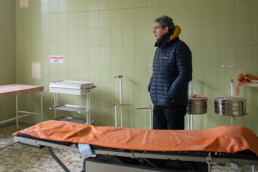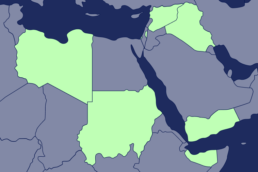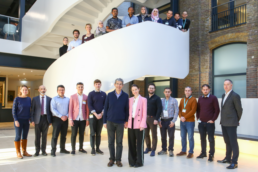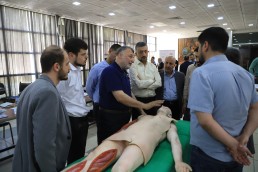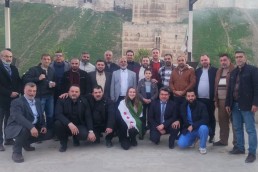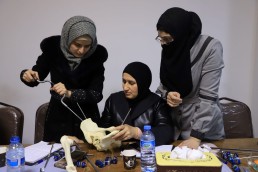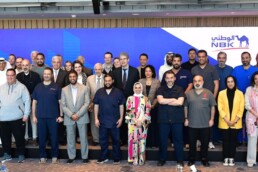Share this story
Read more
The Foundation’s first ever HEST® course in Aleppo, Syria
Since the fall of the Assad regime in December 2024, Syria's borders…
Scoping mission to Syria
Syria’s health system is on the brink after 14 years of devastating…
Strengthening trauma response in Northwest Syria
Northwest Syria continues to face escalating hostilities, compounded…
“If this training can work in Gaza, it can work anywhere else.”
Dr Israar Ul-Haq joined our HEST®-UK (Hostile Environment Surgical…
The anaesthetist in a war zone
It takes a team to save a life in a war zone. Recognising the vital…
Preparing 36 Kuwaiti doctors for surgery in Gaza
With support from the Foreign Common Development Office (FCDO) and…
“The patients. The families. They’re all in my head.”
Our Co-Founder David Nott recently travelled to Rafah, Gaza, to help…
Bearing witness to the medical needs in Gaza
Our Medical Director Dr Ammar Darwish embarked on an operating…
“Maternal health – it’s a societal barometer.”
Every two minutes, a woman loses her life to preventable causes…
